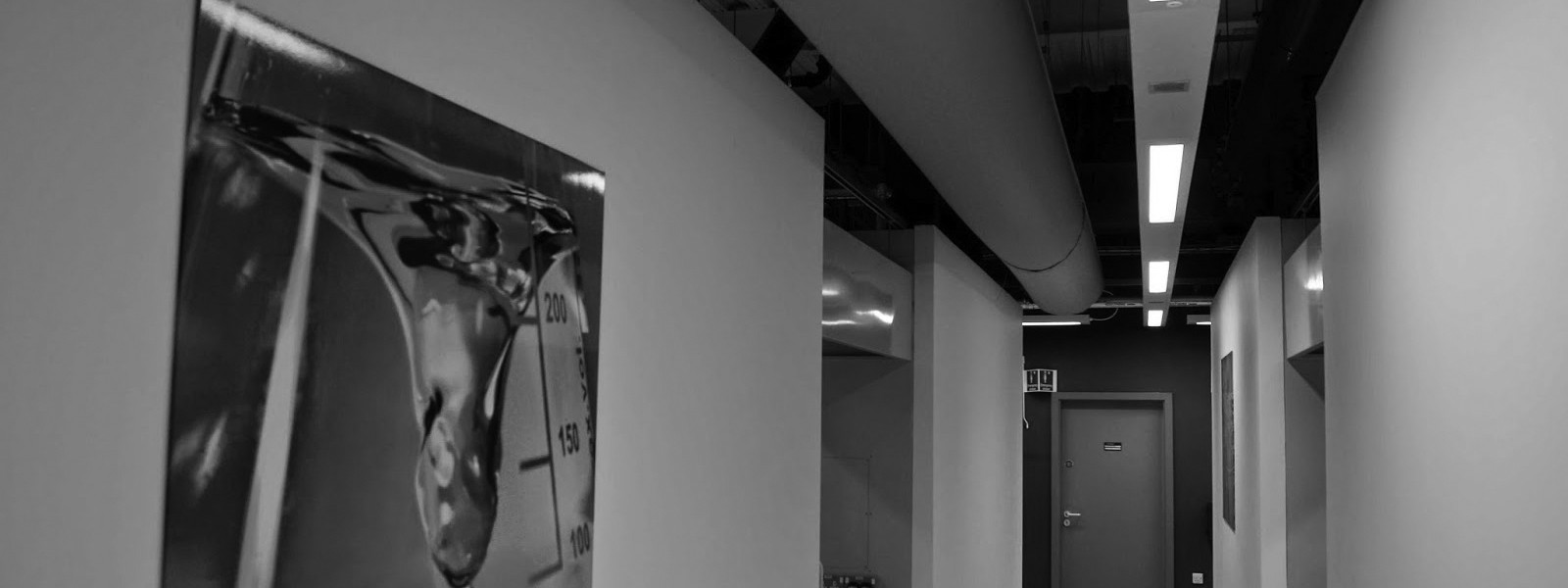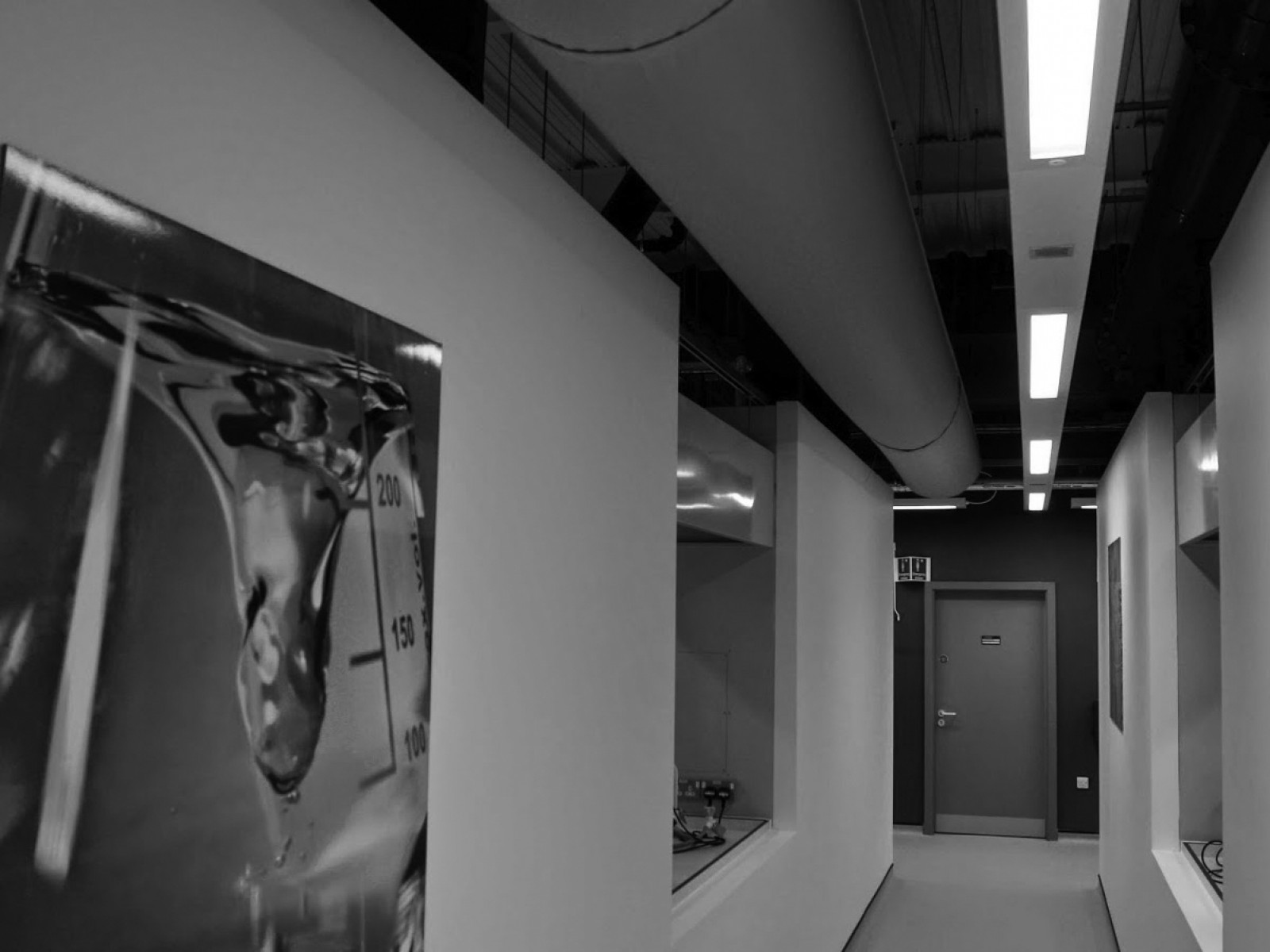
How Often Do I Need To Wash My Fabric Duct?
This is one of the most common questions and one of the most difficult to answer because it depends entirely upon the AHU System, level of filtration, the cleanliness of the air in the immediate environment of the Fabric Ducting system(s) and the type of material used and also the type of diffusers used.
Fabric Ducts need washing for one of several reasons……
(1) The duct has become blocked with dust and is causing system inefficiency and loss of performance. This is actually rarer than you might think and is commonly caused by poor filtration management on AHU Systems using Permeable Fabric Ducts with Micro-Perforations only. This duct will need turning inside out and vacuuming to remove most of the dust prior to washing.
(2) The duct has signs of dirt on the outside and it is no longer aesthetic. This is dust from the room the Fabric Duct is mounted within that has become entrained in the air pattern and settled on the duct usually near the laser cut perforations. There is not normally a loss of performance in this situation and this duct can be wiped down, vacuumed or removed and washed depending upon the internal level of dust build up.
(3) The hygiene requirements of the room/system require regular cleaning. This is usually a food or cleanroom situation and the cleaning is undertaken as a requirement of the hygiene systems within the organisation rather than a lack of performance or visible dust deposits.
From our perspective we don’t insist on cleaning annually as part of our warranty terms and conditions unless there is a significant percentage of air travelling through micro-perforations. Other than this it’s really a question of common sense and the guidelines above.
It’s fair to say that eventually most Fabric Duct systems will benefit from being removed and cleaned. The ideal time will be when access is available and the system is not required (unless one has a spare system so that rotational cleaning can take place).
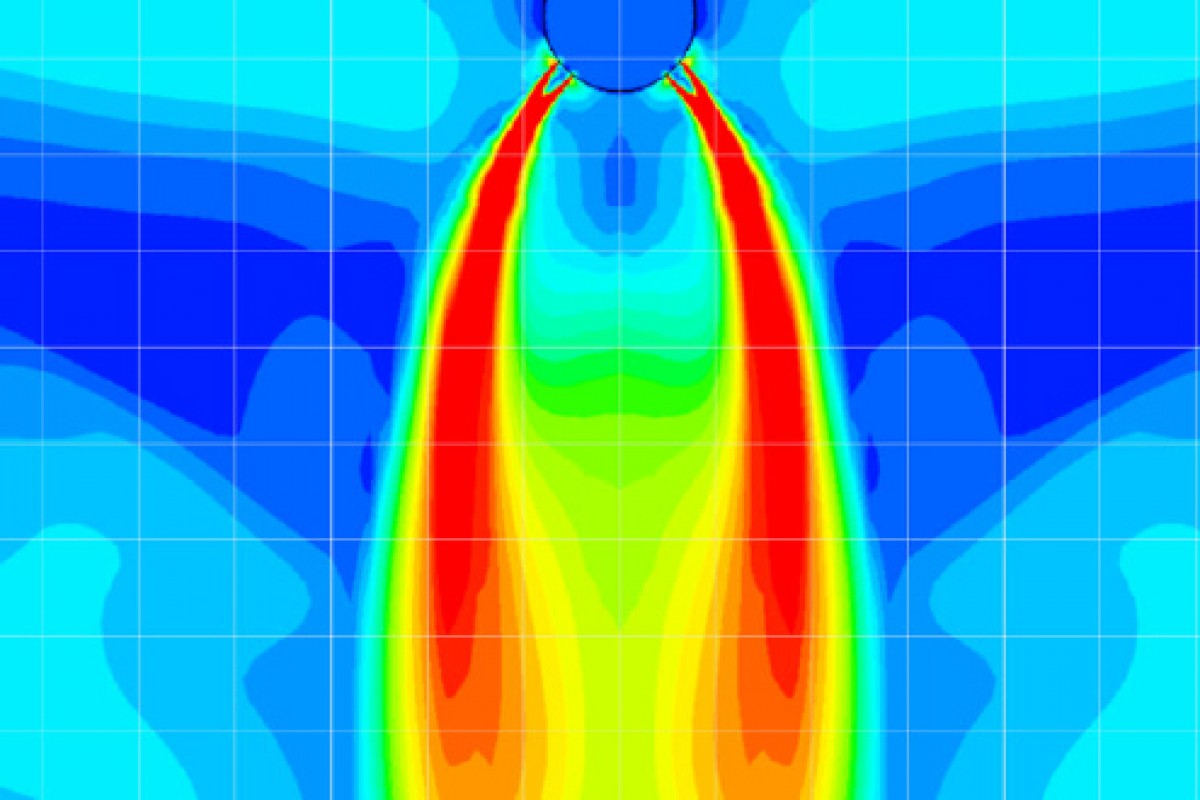
Fabric Ducting Washing Procedure
1. Very dusty diffusers clean first by means of vacuum cleaner (pressurized air, soft brush), turn inside out and vacuum first, then vacuuming outer surface last before moving to step 2.
2. Polyester Ducts – Wash in washing machine with industrial washing detergents (dosing as per supplier recommendation), at 40 °C, we recommend spinning at 400 rpm and intensive rinsing. According to the contamination level cycle of washing can be repeated or a stronger detergent used. Use an adequate detergent for hand washing. Diffusers, which are not machine washable, can be usually effectively cleaned by vacuum cleaner, floor cloth or water stream.
3. Add disinfection into the wash if required as part of your hygiene process. The chemicals used for disinfection must not affect the fabric (see the washing symbols), detergents dosing as per supplier’s recommendation.
4. Either drip dry the diffusers well after washing and install or install slightly damp and allow the supply air to dry the ducts. DO NOT TUMBLE DRY or in any other way heat the fabrics during drying above 40oc as this may result in damage.
5. DO NOT STORE DAMP – mould can occur and this damage is impossible to remove completely.
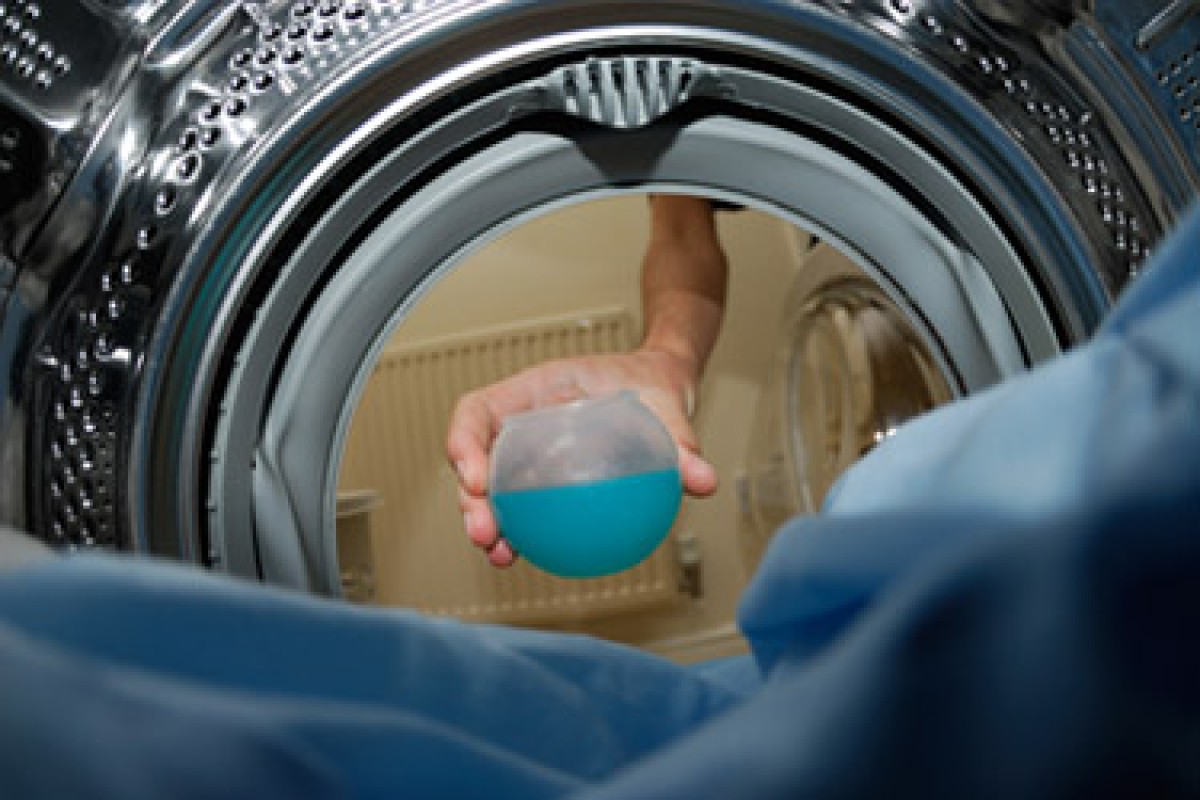
Warranty Notice
The warranty period is deemed to start on the day of delivery. For warranty to be valid all installation instructions must have been followed and installation completed to a good standard. Additionally all maintenance instructions must be followed, in addition to good practice for the maintenance of the AHU or other type of supply air unit. Supply air must be filtered to at least EU3 and the ducts washed or cleaned when subject to excessive dust build up, pressure increase beyond system design or a drop in performance is noted. Chemicals used which may have an adverse affect on the material or ancilleries will invalidate the warranty.
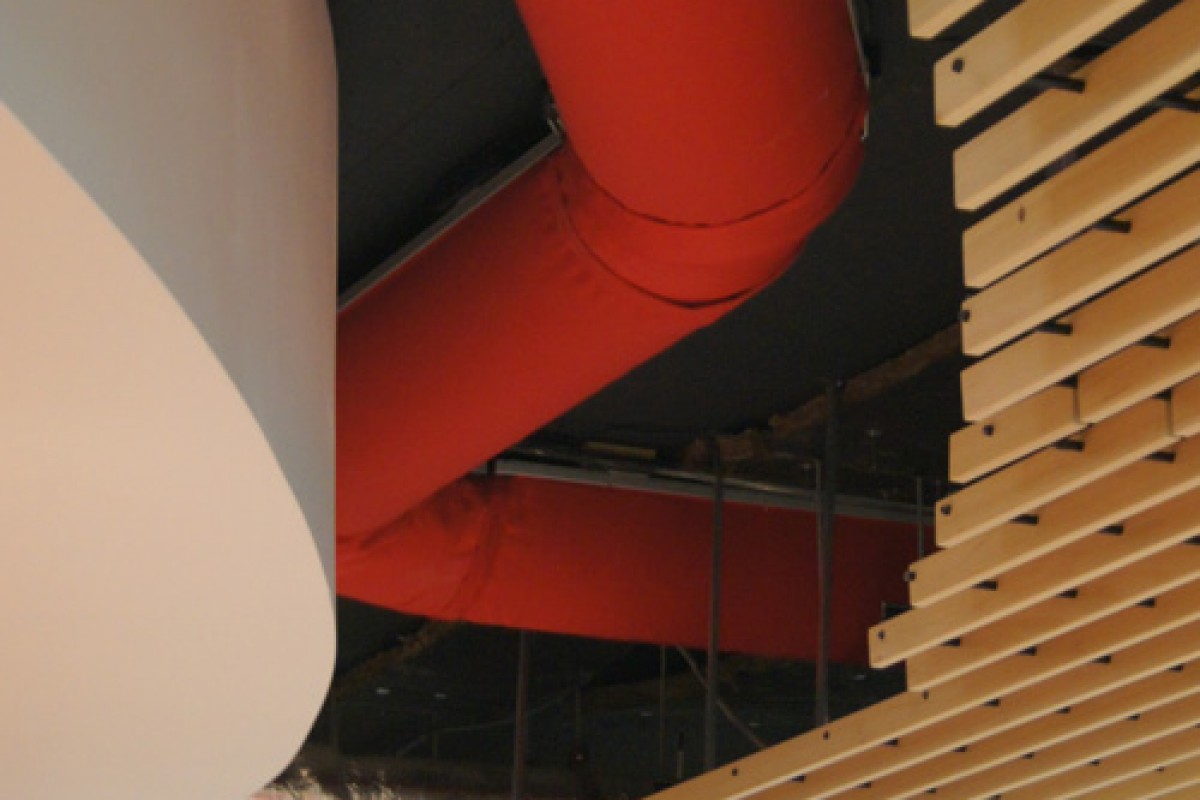
Warranty Period
10 Year
Medium weight Polyester Fabrics such as Prihoda Regular, Prihoda Premium and Recycled Material. This is 99% of the material specified in the UK.
2 Year
Membrane diffuser, servomotors, all other fabrics and Squairetex Products.
12 Months
All other items not mentioned above, unwoven accessories (zips, hooks, etc, printing, assembly and accessories).

Legend for symbols

Machine wash at maximum temperature of 40oc. Normal mechanical action, normal rinse, normal spin cycle

Light Mechanical Action, rinse at falling temperature, light spin, gentle machine wash, maximum temperature 40oc

Hand wash only, do not machine wash, maximum temperature 40oc, handle gently

Do not bleach product

Product may be dried in a rotary drum dryer BUT AT REDUCED DRYING TEMPERATURE (please contact us)

Do not dry the product in a rotary drum dryer

Iron at a maximum temperature of 110oc, use caution when steam ironing

Do not iron the product, steaming and steam processing is prohibited

Do not dry clean the product, do not remove spots using organic solvents

This product is safe to dry clean using perchlorethylene an all solvents specified under the symbol F
